by Phillip Grieco – June 2013
Couch vs. Run?
Recently I was lounging on my couch after dinner, debating whether to make the effort to get to the gym or go outside for a run.
You can imagine which one won that battle. So, I ended up tuning into NBC’s THE VOICE. I’ve seen it from time to time until this season. Okay, so I may be a bit of a fan. No judging please.
During the show, co-host Christina Milian popped on camera to promote voting for contestants via mobile, social, and also showcase other behind-the-scenes content, all powered by Sprint. After hearing that, I decided to dig a bit deeper into the partnership and here’s what I found.
- Sprint has been with THE VOICE from the beginning as the show’s first official sponsor and has expanded on the relationship this season.
- Sprint’s platform is built around their overall brand campaign, ‘Unlimited’, providing fans with all the content that they crave and then some.
- Sprint offers a synched-to-broadcast second screen experience live during the show (voting, polls, chat rooms, Tweets, etc.). FYI, so does Walking Dead.
NBA teams build out platforms for sponsors better than most, but the full digital offering from Sprint grabbed my attention. Could teams synch scripts with games in the same way the Voice does?
Who’s on Second?
According to research firm NPD Group, 87 percent of U.S. entertainment consumers say that they use at least one second-screen device while watching television. The average Fortune 500 company spends annually on digital approximately 20% of their promotional budgets. It’s safe to say there’s a huge gap between that and most pro teams. We have to make digital a bigger priority.
Properties have several competitive advantages vs. our media counterparts.
- Integration. We have the ability to bring a fully integrated, year round solution to amplify a prospect’s brand, reinforce benefits, differentiate and authenticate their messaging, create exclusivity, reinforce loyalty and ultimately drive sales.
- Activation. Media partners cannot physically bring brands to life like we can on-site to millions of fans a year.
- Relationship. Media partners don’t have a generational relationship with families and fans like teams do.
- Community. Teams have an established footprint in the community.
- DVR-Proof. Teams have eye balls here and now. You can watch The Voice later, but sports fans prioritize time to watch the game now.
Now we just need to better determine how digital can play a bigger role of the solution mix.
The Next Gold Nugget
The ability for us to bring our TV-game viewing fan base closer to the action and provide more real-time content is our next gold nugget.
We can borrow a page out of The Voice’s playbook by better monetizing digital. We can also make the idea more robust with other fan touch points, whether in-arena, community, digital and beyond. This is our next new inventory opportunity. It’s staring us in the face each week, courtesy of Adam Levine, Usher, Blake and Shakira. Well, you know what I mean. Let’s go get it.
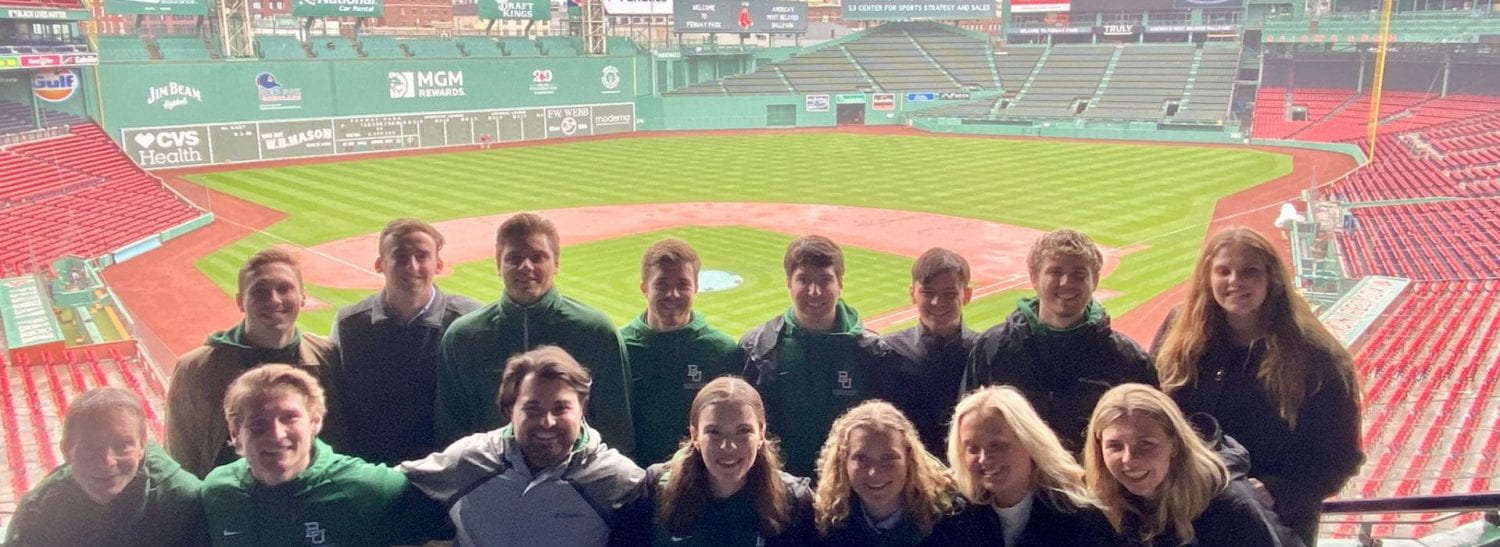

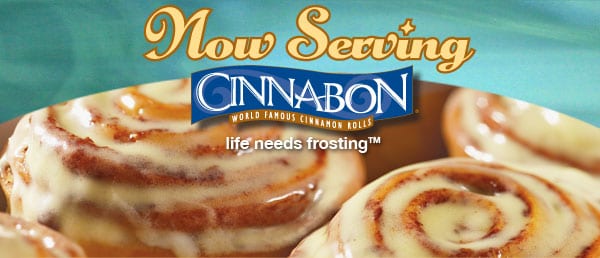


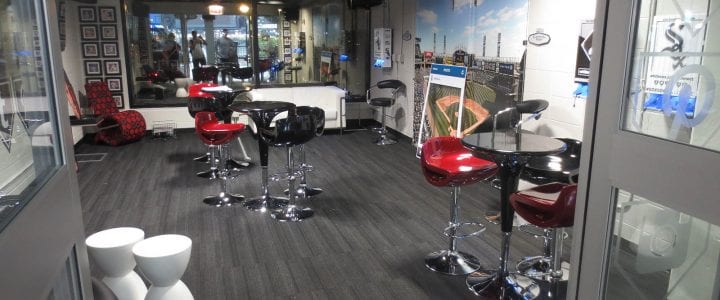

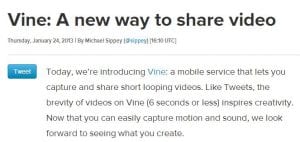
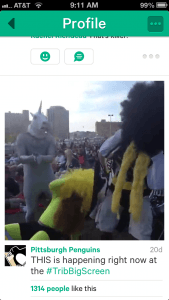
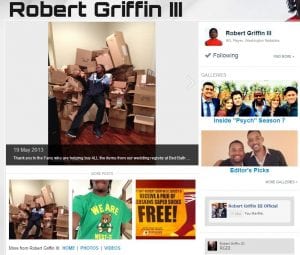
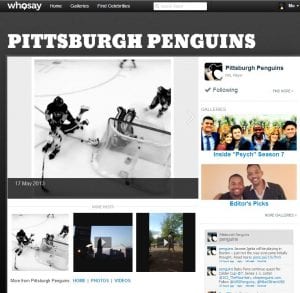

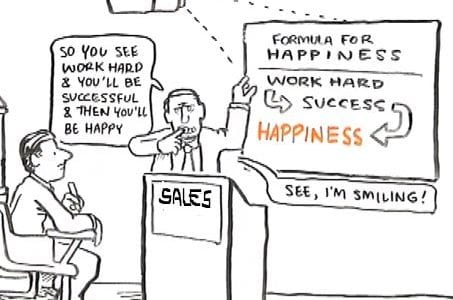
 I can’t help but think back to some of the best sales people I’ve worked with and their attitude – pretty positive. I also can’t help but think of the people I’ve let go in the past year, all very pessimistic. Another interesting angle to look at would be the affect an optimistic person has on a potential client. Essentially, people like to buy from people they like and people like positive and friendly people. ~
I can’t help but think back to some of the best sales people I’ve worked with and their attitude – pretty positive. I also can’t help but think of the people I’ve let go in the past year, all very pessimistic. Another interesting angle to look at would be the affect an optimistic person has on a potential client. Essentially, people like to buy from people they like and people like positive and friendly people. ~ 
 One of Corey’s favorites is Pat Riley. With Riley, the devil was in the details – it wasn’t about “standing out wide” or “on the wing” or “in the paint” on a particular play. Instead, if you were asked to be in a spot in the offense, the EXACT location was repeatedly drilled into your head: “Less than the distance of a dime between your heels and the baseline, precisely one foot outside of the lane.”
One of Corey’s favorites is Pat Riley. With Riley, the devil was in the details – it wasn’t about “standing out wide” or “on the wing” or “in the paint” on a particular play. Instead, if you were asked to be in a spot in the offense, the EXACT location was repeatedly drilled into your head: “Less than the distance of a dime between your heels and the baseline, precisely one foot outside of the lane.”
 “Today’s business world is entirely too customizable moves way too fast to be reliant on 3×5 cards and excel spreadsheets. If we demand excellence out of our sales representatives, we must supply them with the tools necessary to maximize their daily effort. Utilizing an integrated CRM system is one of the easiest and best ways we can ensure that our reps have the power of instant and real-time information to drive sales results.” ~
“Today’s business world is entirely too customizable moves way too fast to be reliant on 3×5 cards and excel spreadsheets. If we demand excellence out of our sales representatives, we must supply them with the tools necessary to maximize their daily effort. Utilizing an integrated CRM system is one of the easiest and best ways we can ensure that our reps have the power of instant and real-time information to drive sales results.” ~ “In using Microsoft CRM on a day-to-day basis, I’ve found my time-efficiency improved dramatically due to the system’s ability to strategically pinpoint the length and nature of calls during the sales process. By utilizing the information previously entered into the system to monitor exhausted calls and outstanding opps, I’ve been able to concentrate my energy on more fruitful opportunities. Simply stated – meticulous tracking of calls within the system simplifies the process for the reps and saves time better spent on new business.” ~
“In using Microsoft CRM on a day-to-day basis, I’ve found my time-efficiency improved dramatically due to the system’s ability to strategically pinpoint the length and nature of calls during the sales process. By utilizing the information previously entered into the system to monitor exhausted calls and outstanding opps, I’ve been able to concentrate my energy on more fruitful opportunities. Simply stated – meticulous tracking of calls within the system simplifies the process for the reps and saves time better spent on new business.” ~
 San Diego’s Petco Park
San Diego’s Petco Park 
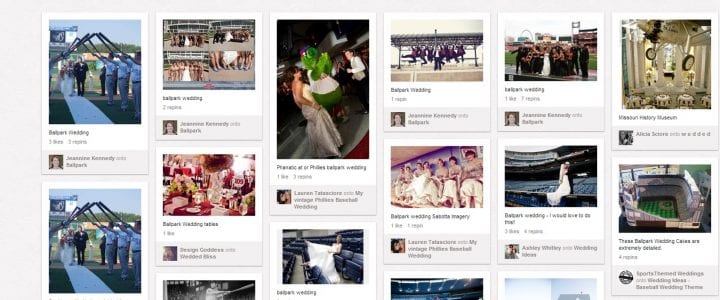






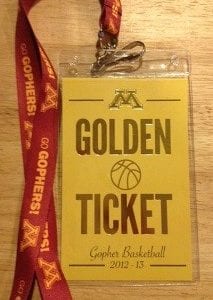



 With all of our focus on measurement, impressions, ratings, and formulas, the success for our long-term partnerships are more a product of relationships with partners and consistent commitment to truly investing in our shared community in an authentic and meaningful way.[/dropshadowbox]
With all of our focus on measurement, impressions, ratings, and formulas, the success for our long-term partnerships are more a product of relationships with partners and consistent commitment to truly investing in our shared community in an authentic and meaningful way.[/dropshadowbox]
 The key element of long-term agreements is the ability to continually re-visit the partnership throughout the term.
The key element of long-term agreements is the ability to continually re-visit the partnership throughout the term.